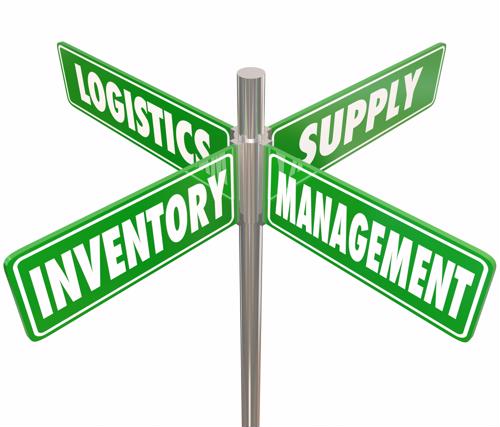
Inventory management can be complex and challenging – and occasionally, warehouse and operations managers have to get creative. Particularly when it comes to larger operations, it's difficult to deal with elements like low product turnover, excess inventory and ensuring that high-demand items aren't out of stock.
While there are several tried-and-true methods, it can sometimes help to think outside the box. Let's take a look at a few more creative approaches for inventory management, and how these could bring benefits to your organization.
"Par levels can help you keep track of inventory."
1) Establish par levels – especially for high demand items
There's nothing worse than for a customer than when he or she attempts to place an order for a popular item, only to realize that the item is out of stock. For operations managers, it's an uphill battle to keep this highly demanded merchandise in the warehouse while keeping up with current order fulfillment.
One helpful approach here is to establish "par levels," as Shopify refers to them, which denote the minimum amount of stock that must be available at all times. In this way, when inventory levels are under the par amount, managers know that it's time to restock.
Ideally, this par level will be set in a way that ensures there's enough time for inventory fulfillment before current stock is exhausted. A creative management strategy like this could make "out of stock" notifications a thing of the past.
2) Consider a bundling tool
As Shopventory contributor Jacque Reulet suggested, it can also be beneficial to use a bundling tool that can enable users to more easily group together stock. It may feel like a bit of a loophole, but a bundling tool can help inventory managers create different price points for the same items (according to sellers or an array of other factors) or better track sales commissions.
"The Bundle Builder is just a zero-cost, zero-priced item that allows you to create a bundle," Reulet explained. "Think of it like getting a mannequin to sit in our passenger seat so you can drive in the carpool lane; except not – you know – illegal. But once you have a Bundle Builder, you can create a regular version of an item, then create a bundled version."
3) Focus on supplier relationships
While it's always a best practice to have concrete and friendly relationships between your organization and your suppliers, this comes especially in handy when it comes to creative inventory management. A beneficial working partnership with, particularly, your most key vendors is something you can leverage when it comes time for issues like quick restocking of popular inventory, adjusting minimum order quantities and beyond.
As Shopify pointed out, though, establishing this kind of relationship takes effort.
"A good relationship isn't just about being friendly. It's about clear, proactive communication. Let your supplier know when you're expecting an increase in sales so they can adjust production. Have them let you know when a product is running behind schedule so you can pause promotions or look for a substitute."
Sometimes, the best tactics for inventory management require a little out-of-the-box thinking – as well as the right supporting tools. To learn more, connect with the experts at SFG today.









